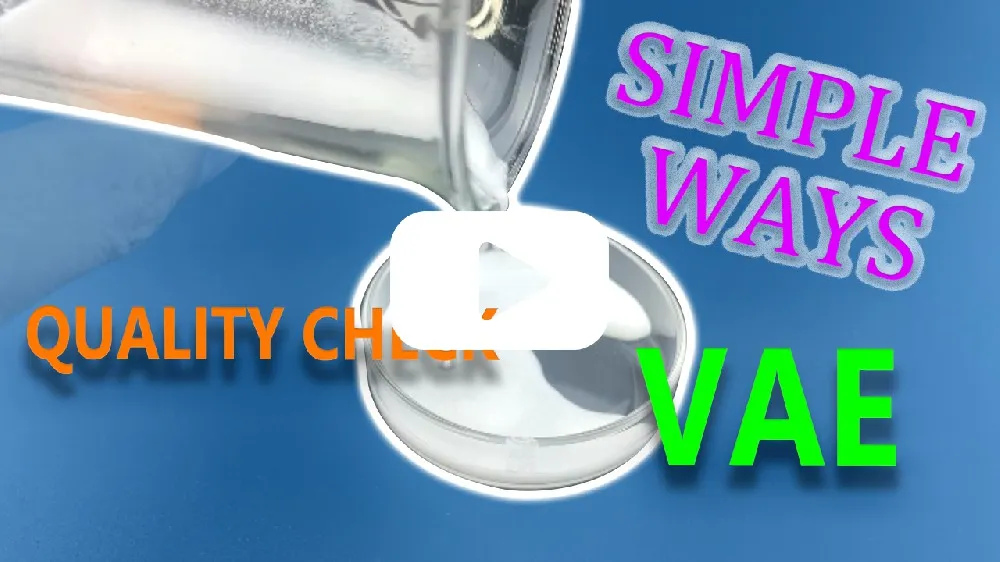
Nov . 01, 2024 18:48 Back to list
Understanding Hydroxyethyl Cellulose and Its Applications in Various Industries
What is Hydroxyethyl Cellulose?
Hydroxyethyl cellulose (HEC) is a non-ionic, water-soluble polymer derived from cellulose, a natural polymer harvested from plant cell walls. It is produced through the etherification of cellulose, wherein ethylene oxide is introduced to cellulose in the presence of an alkaline catalyst. This process modifies the cellulose structure to enhance its solubility and functional properties, making HEC a valuable ingredient across various industries.
What is Hydroxyethyl Cellulose?
In the realm of pharmaceuticals, hydroxyethyl cellulose is also utilized for its biocompatibility and non-toxic nature. It serves as a binder and stabilizer in tablets and can improve the rheological properties of suspensions and emulsions. Furthermore, because of its hydrophilic character, HEC is employed in drug delivery systems. It can aid in the controlled release of therapeutic agents, providing more effective treatment options for patients.
what is hydroxyethyl cellulose

Another significant application of HEC is in the construction industry. Hydroxyethyl cellulose is commonly used in cement-based materials, such as mortars and tile adhesives. Its water-retaining properties help maintain adequate moisture levels during curing, which is crucial for the proper setting of cement. Additionally, HEC improves the workability of these mixtures, making them easier to apply and manipulate during construction processes. This makes HEC an essential additive for enhancing the performance and durability of building materials.
HEC is also utilized in food products, where it acts as a thickener and stabilizer to improve texture and appearance. It can be found in sauces, dressings, and other processed foods. The use of hydroxyethyl cellulose in the food industry is considered safe, and its non-toxic properties make it an appealing alternative to synthetic additives.
In recent years, environmental concerns have pushed for a greater emphasis on sustainable and biodegradable materials. Hydroxyethyl cellulose, being derived from natural cellulose, aligns well with these trends. Its biodegradability and low environmental impact make it a suitable choice for industries aiming to reduce their ecological footprint.
In summary, hydroxyethyl cellulose is a versatile and valuable ingredient with a wide range of applications in cosmetics, pharmaceuticals, construction, and food industries. Its unique properties, including water solubility, thickening ability, and biocompatibility, make it an essential component in various products. As industries continue to seek sustainable solutions, HEC is poised to play an increasingly significant role in developing eco-friendly formulations and materials. Its natural origins and functional benefits highlight its importance in modern science and technology.
-
Versatile Hpmc Uses in Different Industries
NewsJun.19,2025
-
Redispersible Powder's Role in Enhancing Durability of Construction Products
NewsJun.19,2025
-
Hydroxyethyl Cellulose Applications Driving Green Industrial Processes
NewsJun.19,2025
-
Exploring Different Redispersible Polymer Powder
NewsJun.19,2025
-
Choosing the Right Mortar Bonding Agent
NewsJun.19,2025
-
Applications and Significance of China Hpmc in Modern Industries
NewsJun.19,2025







